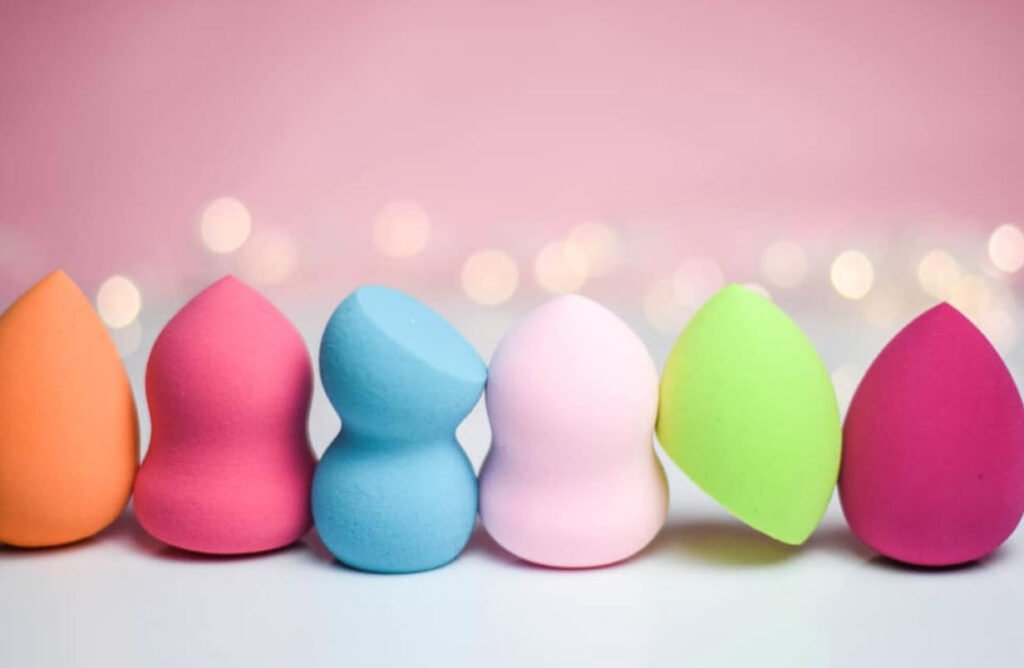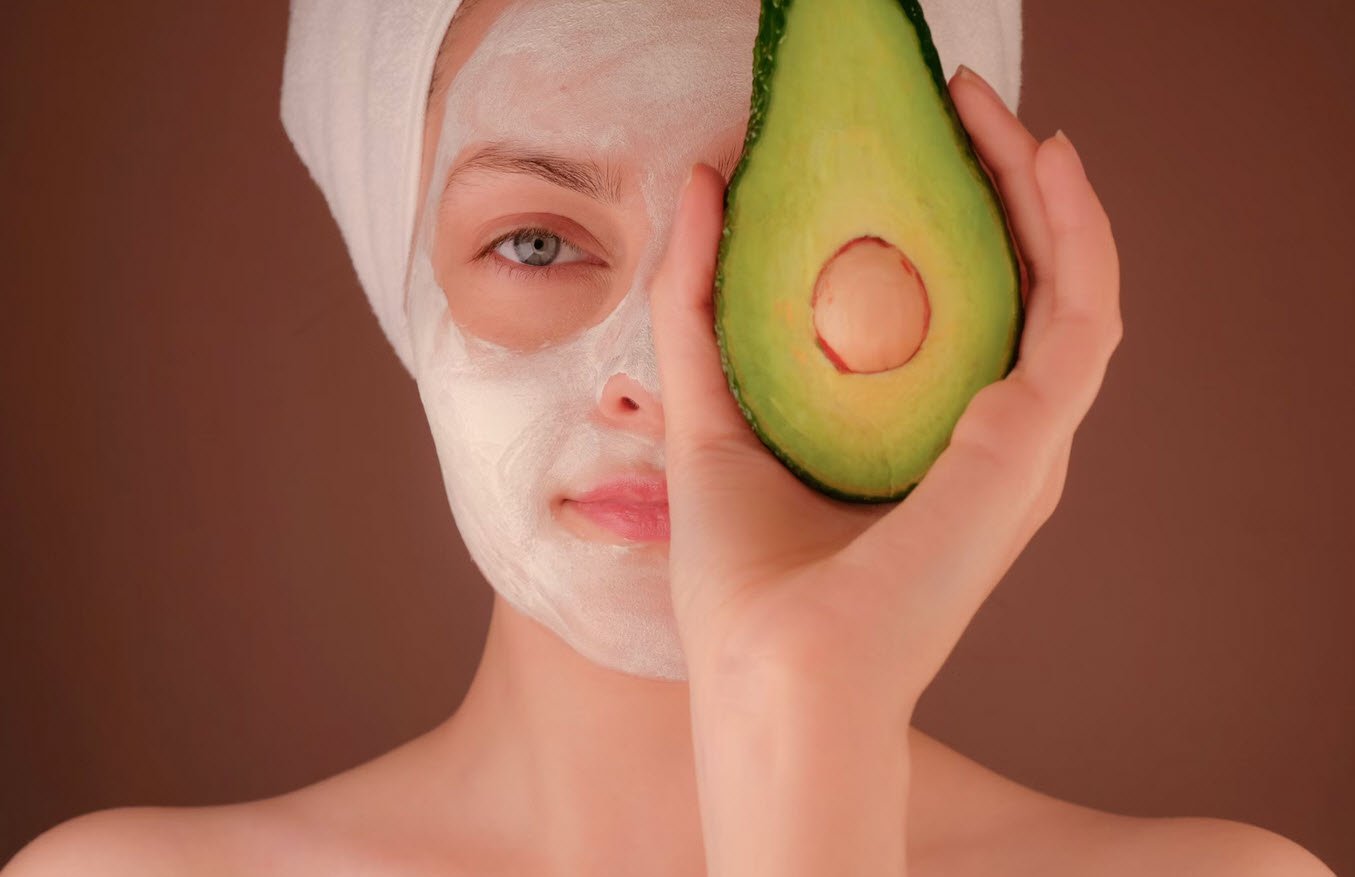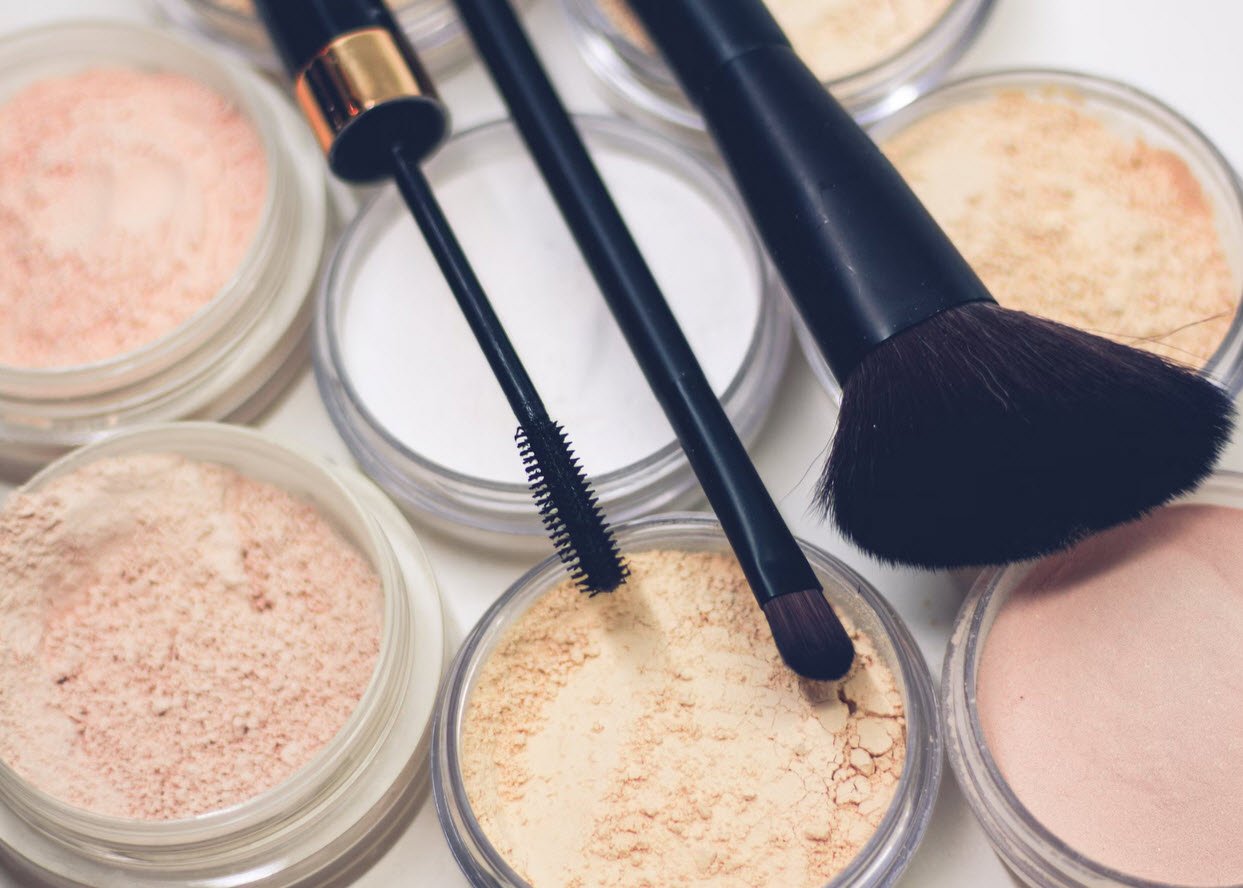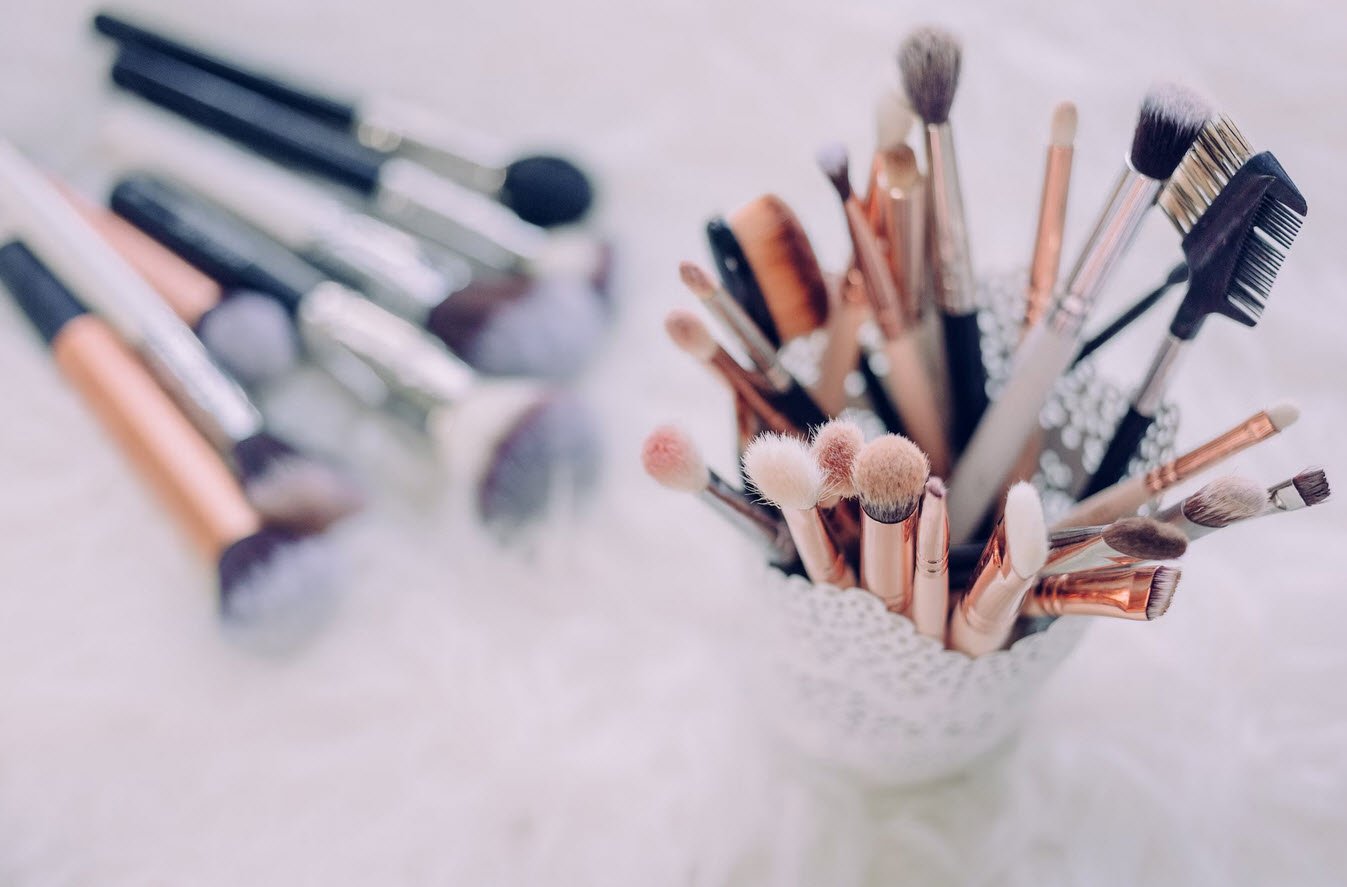
Makeup sponges, also known as beauty sponges, are available in a variety of sizes and forms. Popular egg-shaped beauty sponges have swept the globe, but there are over 20 distinct varieties of beauty sponges to select from.
Applicators are available in many different sizes, shapes, and textures. Brushes are a category unto themselves, with hundreds to choose from; “applicators” usually refer to sponges and puffs.
Types of Sponges
If you’ve ever been unsure about which makeup sponge to use and when we’re here to set your mind at ease. Ladies, the secret is out, and today we’re going to go through the basics of cosmetic sponges.
- Sponges, like brushes, come in a wide variety of shapes and sizes. Puffs, on the other hand, are much easier to make.
- A puff is a pancake-shaped applicator that is soft. The size and material of the item may differ. Puffs are typically synthetic and measure up to 4 inches in diameter. They are available in comparable soft, light textures such as velour and microfiber. Puffs are frequently made of polypropylene.
Beauty Blender –
The beauty blender was created to apply and mix any cream or liquid makeup product to the skin, leaving it smooth and poreless. It’s famed for its sphere shape, which can reach practically every curve on your face, and its ‘unique aqua-activated foam.’
Flat –
This sponge, which is a few inches long and no more than a half-inch deep with a flat or curved edge, is sometimes referred to as a multifunctional sponge.
Wedge –
Multiple flat sides and edges characterize this triangular or nearly triangular sponge. Wedges are often smaller than flat sponges in size, but they are much deeper.
Rounded –
While wedges are deep and flats frequently have rounded edges, sponges combine the two characteristics into a single tool. It could resemble a bulb or a teardrop, with a big, spherical end that tapers to a point, or it could be more elliptical. A usual length is 3 to 4 inches.
Swab –
A sponge swab resembles a cotton swab in appearance. It might have a single or double tip. Other characteristics of sponges include cell type, natural vs. synthetic, and lifespan.
Lifetime –
These instruments are available in both disposable and reusable versions, depending on personal taste. Cleaning with soap and hot water after each user is required if you choose to go reusable.
Natural vs. Synthetic –
Unlike brushes, the natural vs. synthetic debate is more about personal preference than quality or utility. Even though synthetic fibres are softer than natural fibres, some people prefer organics. The bigger issue is whether or not latex is present, which might trigger allergic reactions in some people.
Cell-type –
It’s all about the texture. Sponges can be open-cell or closed-cell, similar to a kitchen sponge. The holes in a closed-cell sponge are difficult to see. The surface is much denser, stiffer, and smoother than the previous one. You might also come across certain multi-purpose sponges that are somewhere in the middle, with very small holes that resemble closed cells but have a bit more give.
History of the makeup sponge –
Beauty sponges have become more widely used recently, but have actually been around for decades. Up until a few years ago, makeup sponges had lost some of their popularity in the beauty world due to the growing demand for artistic makeup brushes. That was until the beauty blender was born. With a practical egg shape and a pretty pink color, the beauty blender reinvigorated the beauty blending landscape.
Facts About Makeup Sponges
The makeup sponge has gone through a transformation. Blending sponges come in practically every shape and color, and they’re the newest beauty product to take the makeup world by storm.
These are just a few of the facts concerning the multi-purpose tool that any cosmetologist should be aware of.
They’re ideal for blending
Beauty sponges have a unique texture that enables a natural, airbrushed finish that is difficult to achieve with traditional brushes.
Generally, they should be used wet
You’ll want to use a moist makeup sponge to ensure an even application of liquid foundation. After running it under water and squeezing out the excess, you’re ready to go. Squeeze the sponge into a dry paper towel to remove even more moisture if you’re worried about thinning out your foundation too much.
Cleanliness is important
Beauty sponges, like makeup brushes, should be cleaned on a regular basis to avoid the spread of germs and limit the chance of breakouts on your skin.
It’s for skincare too.
Despite the fact that these new sponges are primarily used for applying foundation and cosmetics, they are also great for applying skincare products. Apply moisturizer, SPF, or serums evenly over delicate skin, such as the under-eye area, with the sponge.
FAQs
Q. What are sponges used for in makeup?
When to apply foundation, concealer, beauty balms, serums, and moisturizers with this makeup sponge The beauty blender is well-known for its poreless, perfect result.
Q. Are sponges good for makeup?
Powders should be applied using a brush, however liquid and cream products should be applied with a sponge for the greatest results. When applying liquid or cream products with a brush, they tend to look streaky, but sponges give you more control and allow you to pat the product evenly into the skin.
Q. Are all makeup sponges the same?
By feeling the sponge, you should be able to discern certain variances in the material. Beauty blenders are a little lighter in weight than knockoffs.
You may also like:- 5 Different Types of Face Masks You Should Know
- What Exactly is Foundation Makeup? Read Here
- Types and Benefits of Bath Oils
- 17 Best Hair Care Remedies For You
- Hair Accessories – Its Importance, Benefits and Types
- 12 Different Types of Eye Makeup Brushes You Need To Know
- Orange and Ylang Ylang – Facial Moisturizer For Dry Skin
- [Protective Winter Time] Hand Cream – Recipe and Instructions
- Step-By-Step Instructions For Making an Emulsion
- [Formula and Ingredients] Soothing and Moisturizing Facial Mist








